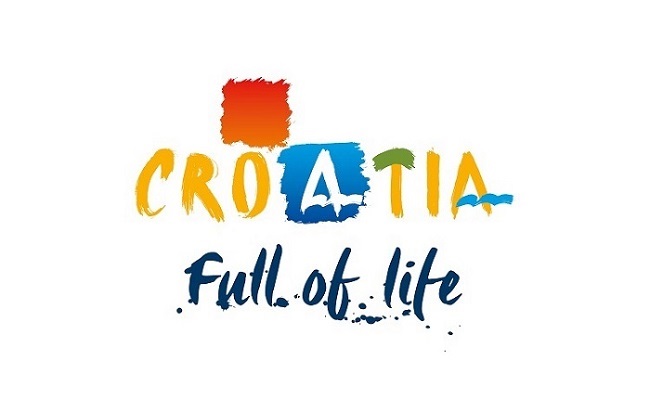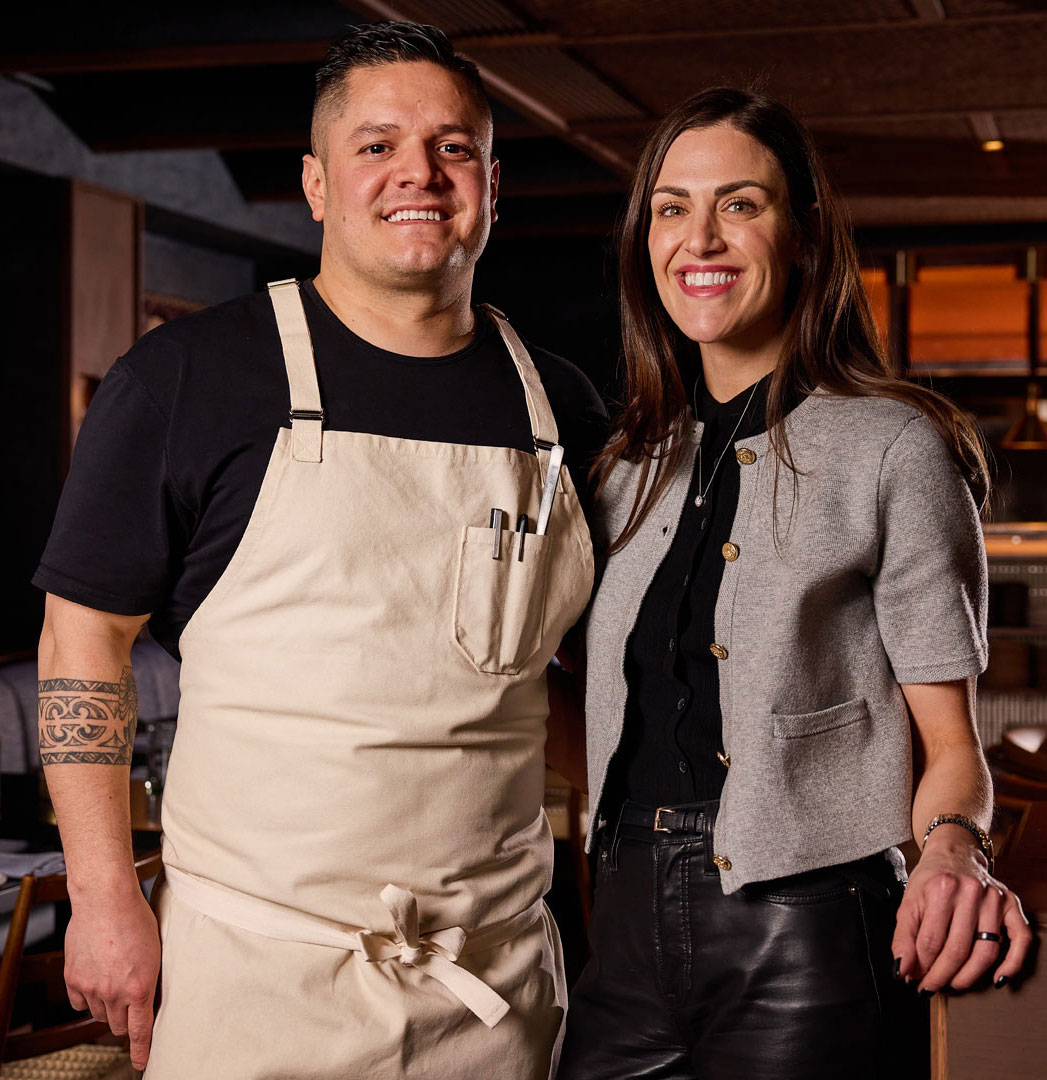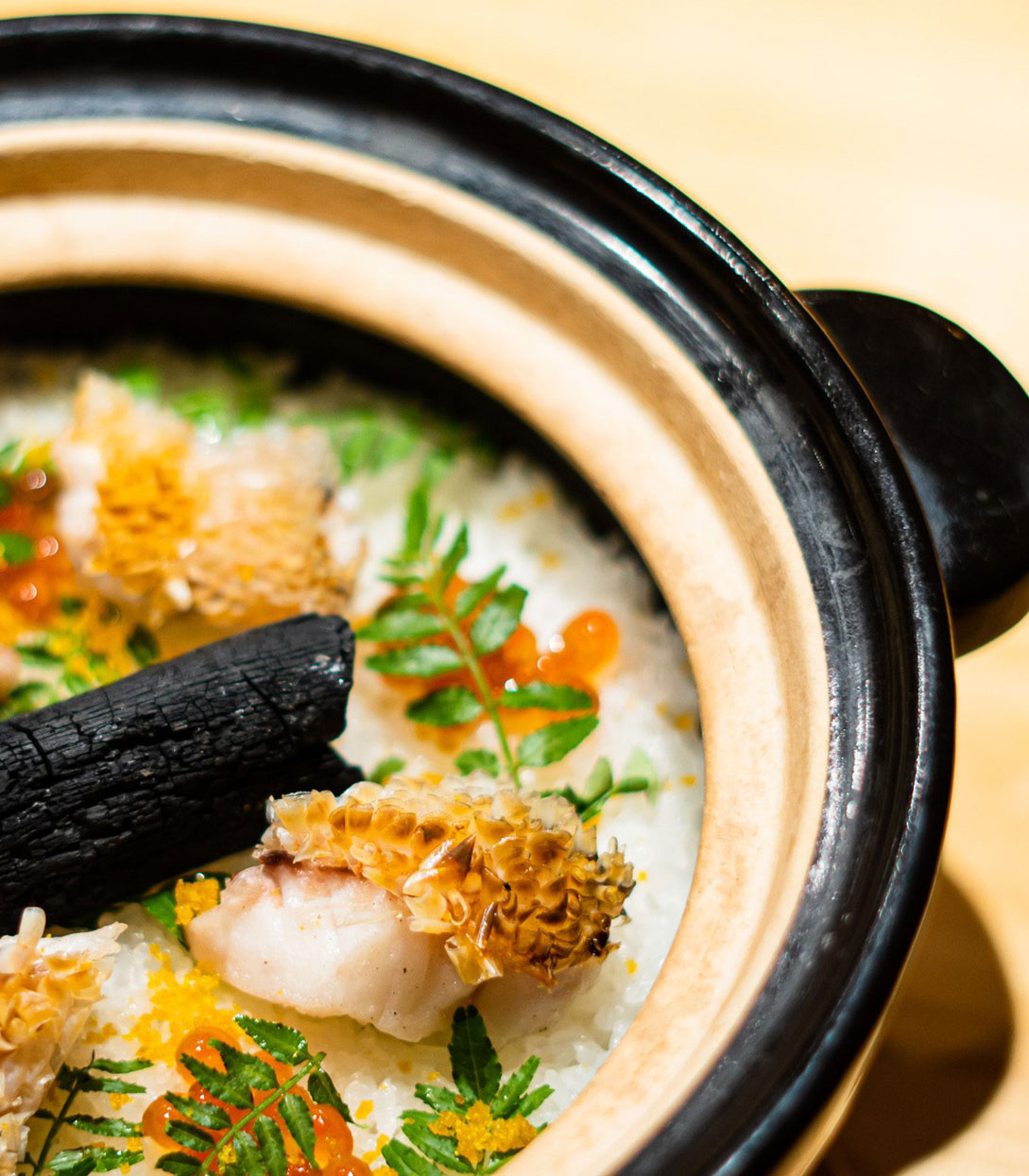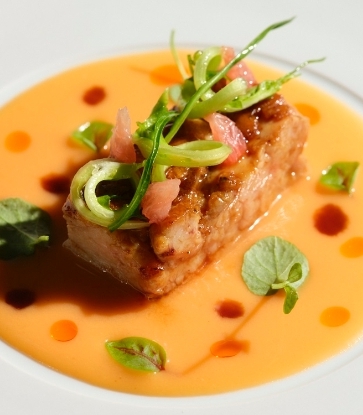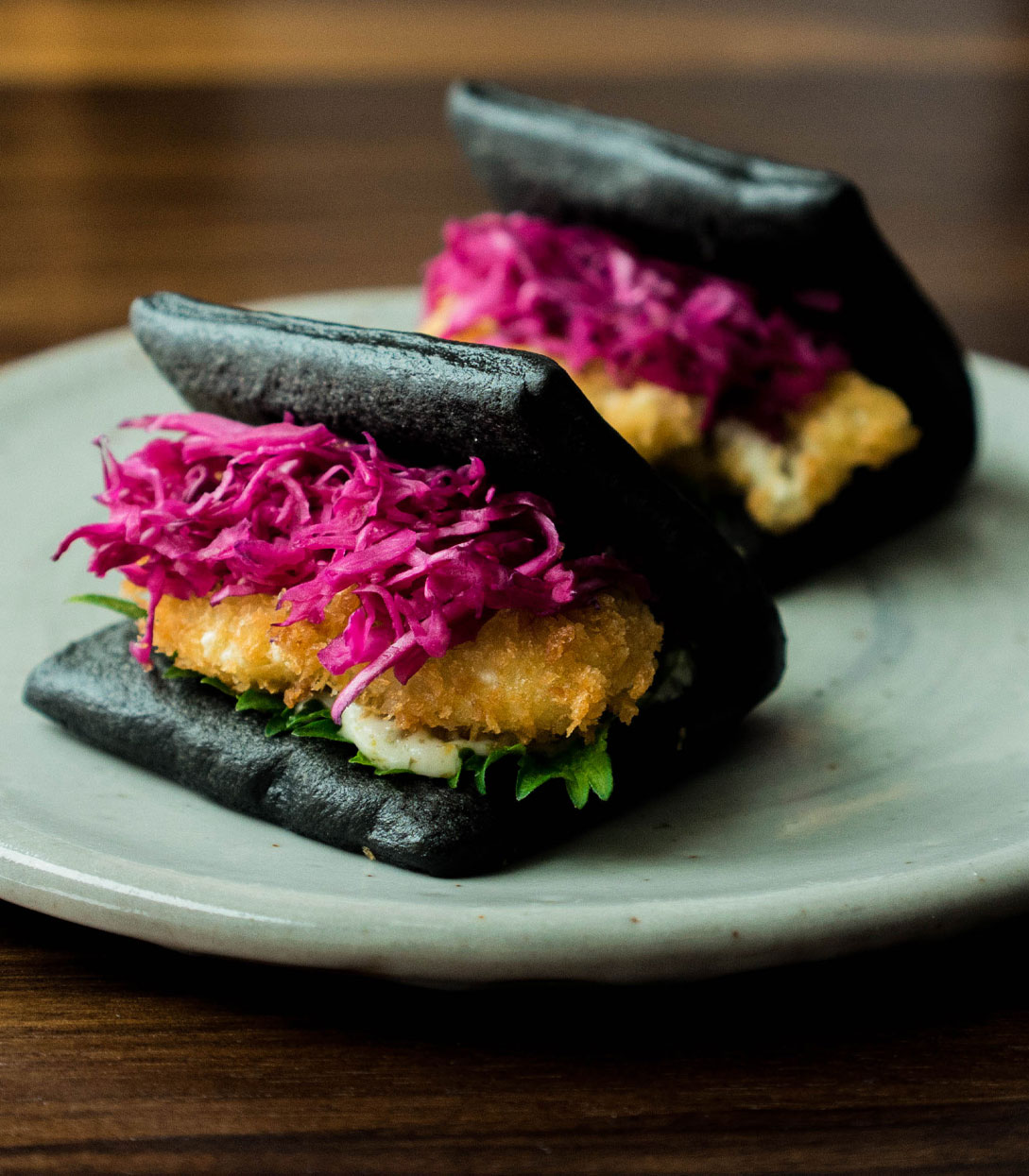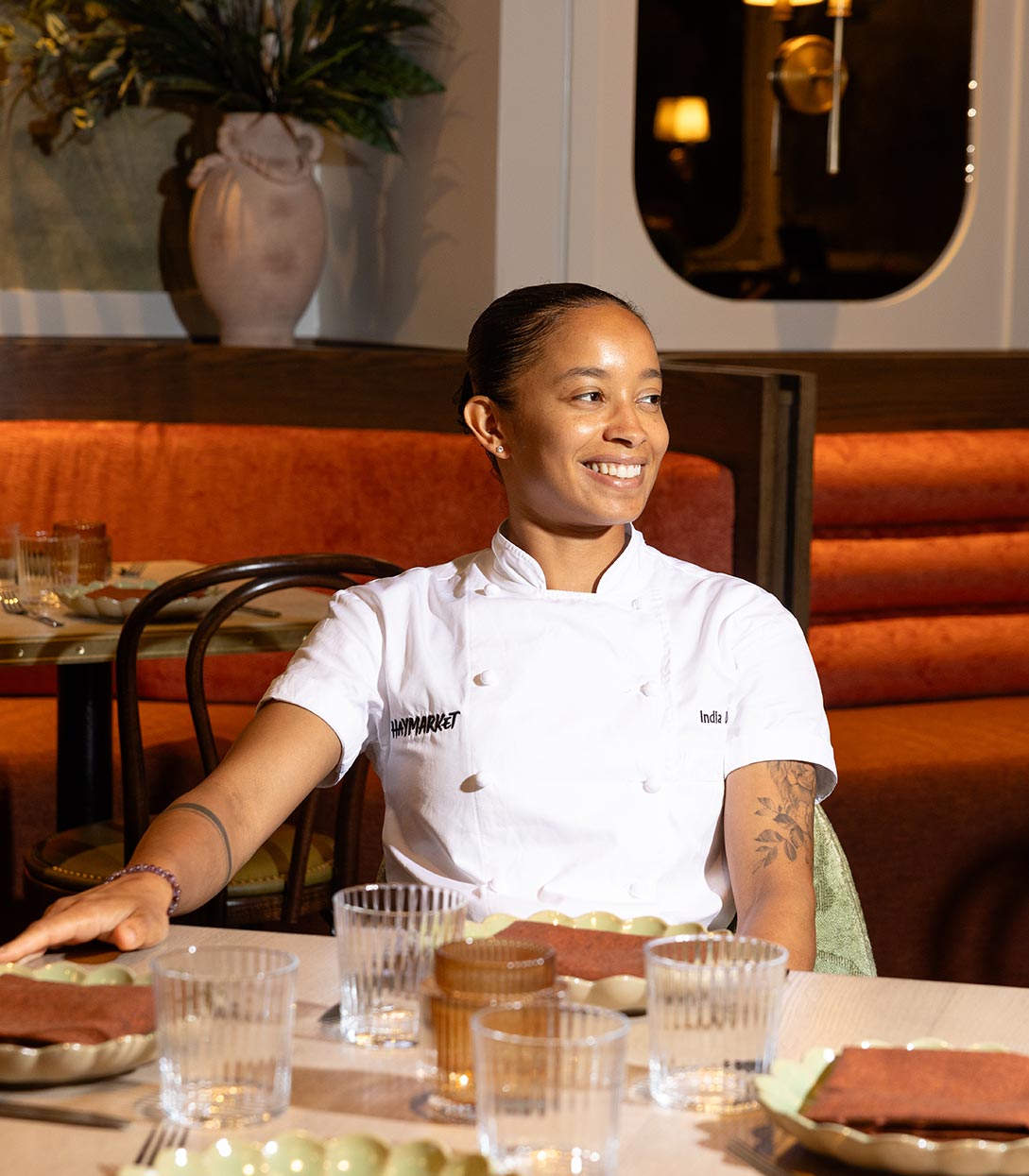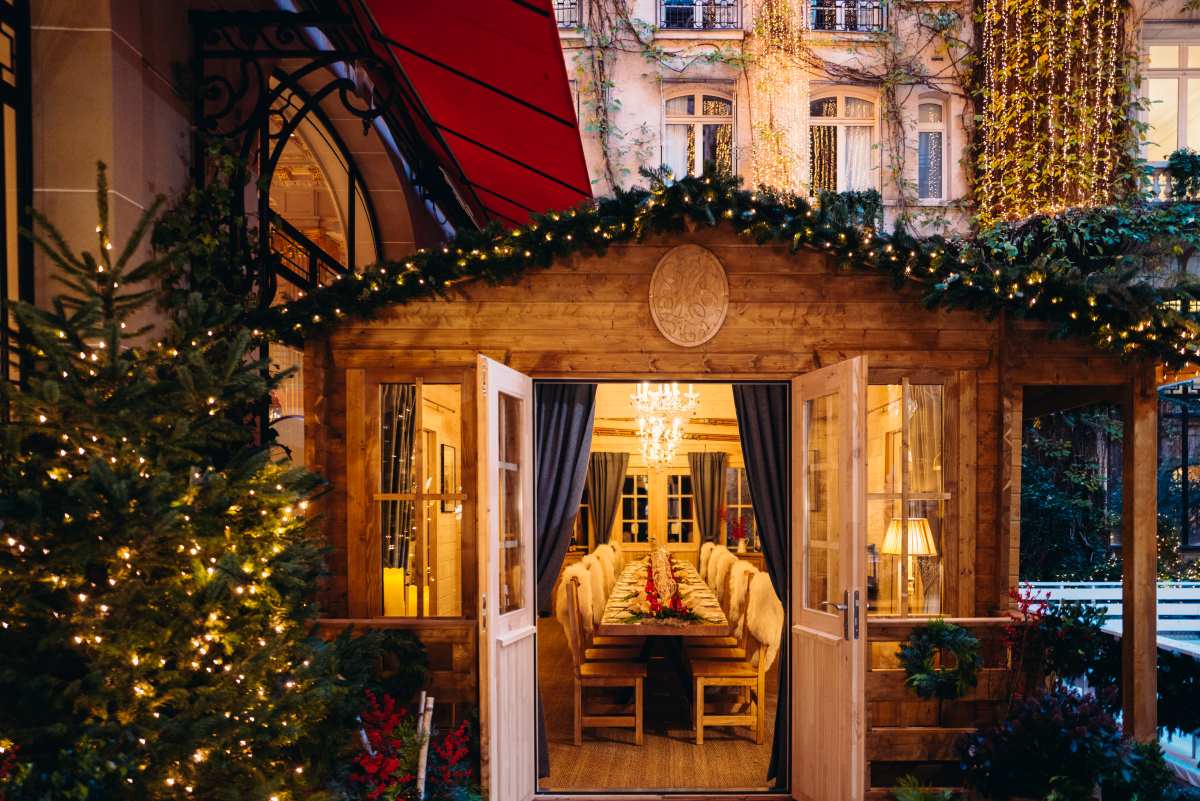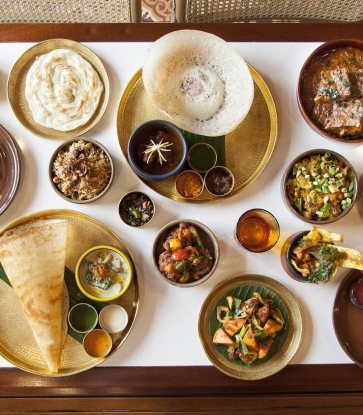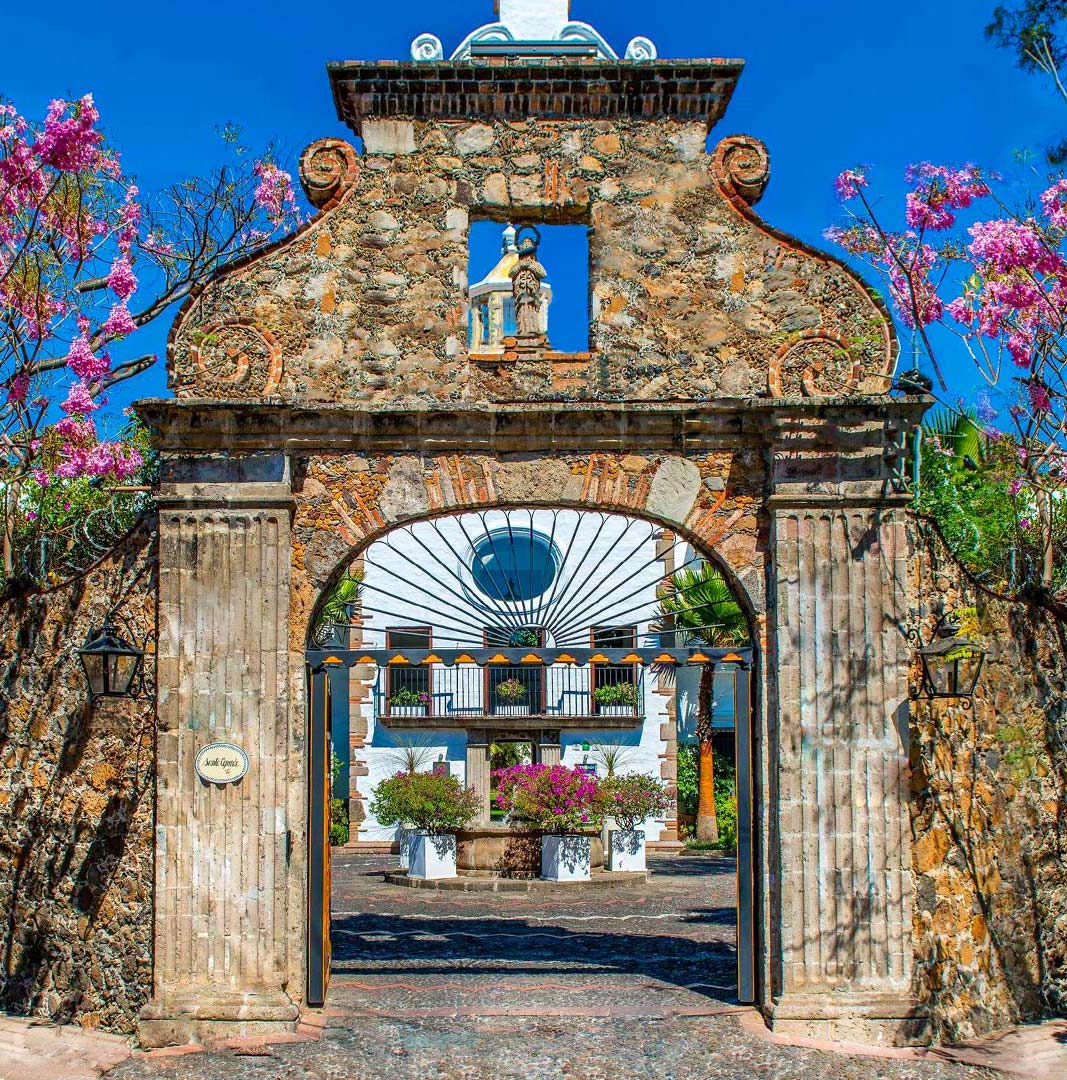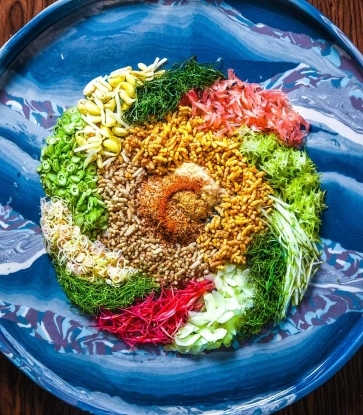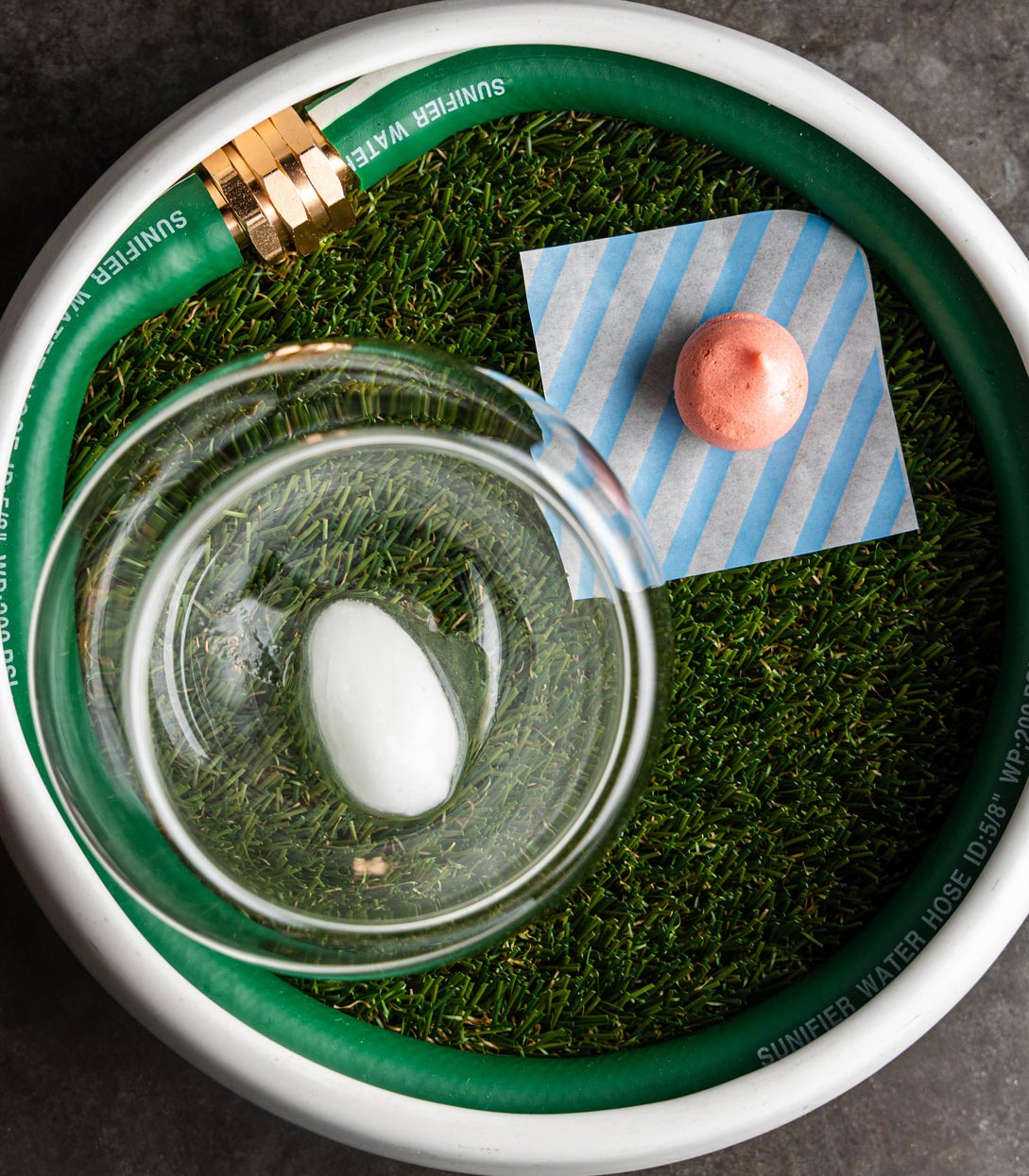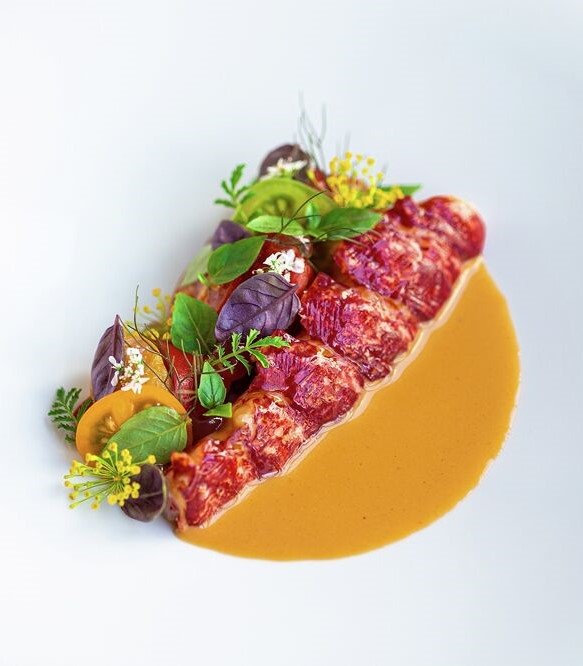This is evident from the variety of productions and a culinary scene that varies depending on the regions within this territory, nestled between the Adriatic Sea and the cultures of Slovenia, Hungary, Serbia, and Bosnia and Herzegovina. Ten regions narrating different stories of the same place, but with a strong identity made of biodiversity, traditions, gastronomy, and culture. In this context, the cuisine also recounts the country’s stories and cultural influences with dishes representing peoples and customs that often fade into the mists of time.
One of these is Pašticada (Dalmatia): a slow-cooked beef stew where the meat is marinated overnight in vinegar and spices, then cooked with red wine, plums, and aromatic herbs. This dish is often served with homemade gnocchi and is a staple during family celebrations or gatherings at home. Istria, on the other hand, is renowned for truffles, such as the prized white truffle found in the forests of Motovun. Dishes such as Fuži (a type of pasta) with truffle sauce testify to the influence of Italian culture in the region, which is also characterized by the production of an exceptional olive oil. Though you need to go to the heart of Croatia, to Zagreb, to find dishes deeply rooted in the Austro-Hungarian tradition that has greatly influenced the history of this people, such as Štrukli, a baked or boiled sweet pastry filled with cheese, often served with cream. Along the coastal area, one of the most well-known dishes is Crni Rižot, or black risotto: a dish made with cuttlefish and cuttlefish ink, very popular along the Adriatic coast, cooked with garlic, onion, and white wine.
And then there are the families, those who pass down the work in restaurants and taverns where, in addition to hospitality, they capitalize on the local raw materials and traditions, as we have seen with some examples in the dishes, that are carried on according to the area of origin. Family-run establishments reflect the culture and hospitality of this territory and are frequented not only by tourists who choose to stay there, but especially by local residents who love the flavors offered and the history passed down by each of them. Let’s try and discover some of them:
Konoba Mate
Konoba Mate is a small family-run restaurant that keeps an eye on the flavors and traditions of the past while embracing a modern approach to gastronomy. Opened in 2000, it is located in the village of Pupnat, about ten kilometers from Korčula, and offers a menu featuring family-produced cured meats, locally aged goat cheeses, home-grown vegetables, olive oil, and local wines.
Among the most interesting dishes are homemade ravioli with goat cheese and sage sauce, as well as dishes truly connected to local history, such as Težačka plitica, the traditional laborer’s fare: a loaf of homemade bread with our smoked ham, goat cheese and olives, marinated aubergines, capers, and aubergine pâté. And then there’s Pašticada with macaroni, one of the most well-known Dalmatian specialties. In the past, it was prepared for important Catholic holidays and special occasions. How? A piece of beef fillet is soaked in vinegar and then removed to be seasoned with carrot and pancetta. Afterwards, it is first fried and then cooked in a pan with sautéed onion, carrot, apples, dried plums, and spices, to which wine is added to create a tasty sauce: this is the base for the homemade macaroni.

Damir & Ornella
This family-run restaurant dedicated to seafood cuisine is located in Istrian Croatia. The atmosphere is welcoming, and the raw materials are the true pride of the entire culinary offering.
The house specialty is marinated raw fish: scampi, prawns, squid, cuttlefish, marinated sole, and crabs. The menu, which is not so extensive but very detailed, also includes scallops, Catalan-style lobster, Adriatic squid sashimi served with Istrian extra virgin olive oil, and Kvarner prawns, a true pride of the area.
And then, homemade fresh pasta such as gnocchi and tagliatelle, served with the best local catch, while anyone with a sweet tooth can experience the ice cream made with olive oil. Colorful paintings hanging on the stone walls and a cozy environment make this establishment in Novigrad a must-visit to enjoy delicate yet characterful Mediterranean cuisine.

Mediterraneo
Located in Hvar, this family-run restaurant has been a local landmark for over 70 years. Mediterraneo is situated on one of Croatia’s most popular islands, known for being the sunniest and, it is said, the most luxuriant. Famous for its lavender fields and aromatic plants that dot the island’s interior, its capital, Hvar, is the vibrant heart of nightlife with chic hotels and elegant restaurants. Mediterraneo is one of these, while still maintaining an authentic soul that speaks of tradition and traditional products.
Visitors come to experience authentic Dalmatian cuisine in a menu that does not shy away from decidedly more modern culinary influences. The richness and diversity of the local cuisine are on display: from fresh fish and seafood to local dishes such as Pašticada and Peka. The ingredients used are strictly local, and recipes and cooking methods are carefully respected. Guests can experience the Grdobina, monkfish with Parmesan and tomato, or the Lamb Rib in a pistachio crust. Mediterraneo also boasts the best wine list on the island.

ManO2
Located in the heart of the capital, ManO2 is one of the most highly regarded restaurants in Zagreb. This is likely due to its modern approach to food, thanks to chef Hrvoje Kroflin. His creativity is expressed through an uncompromising insistence on high-quality raw materials and working closely with small national producers. The chef often finds inspiration in the long-forgotten dishes of traditional Croatian cuisine, aiming to reform and modernize them. The kitchen offers both seafood and meat dishes, with a highlight on grilled premium cuts of meat.
There are two tasting menus, with 5 and 8 courses, but there is also the option to choose from a rather extensive menu. Among the starters, guests can find shrimp and crab salad with miso cream flavored with toasted almonds, salicornia, and buckwheat and seaweed pops, or wild hake prepared with buttermilk, basil oil, kohlrabi, and sorrel. Among the main courses, one of the iconic dishes is the grilled lamb loin served with fermented black rice, vegetable demi-glace, and grilled green beans.

Konoba Kala
Located in Supetar, in the northern part of the Dalmatian island of Brač, Konoba Kala is right in the heart of this town, near the main port. This family-run establishment recreates the island’s atmosphere, partly by using local stone materials. The chef’s inspiration comes directly from this land and is expressed by using local ingredients, Mediterranean herbs from his own garden, fruits and vegetables from local farmers, and fish sourced from local fishermen.
Sustainability and zero waste are central to the philosophy of a cuisine that reflects the island’s culinary traditions. Some dishes are cooked over a wood fire to achieve a smoky flavor, but the restaurant’s true highlight is the desserts, especially those made with figs.

Hero image: Srđan Tutić/Mediterraneo
